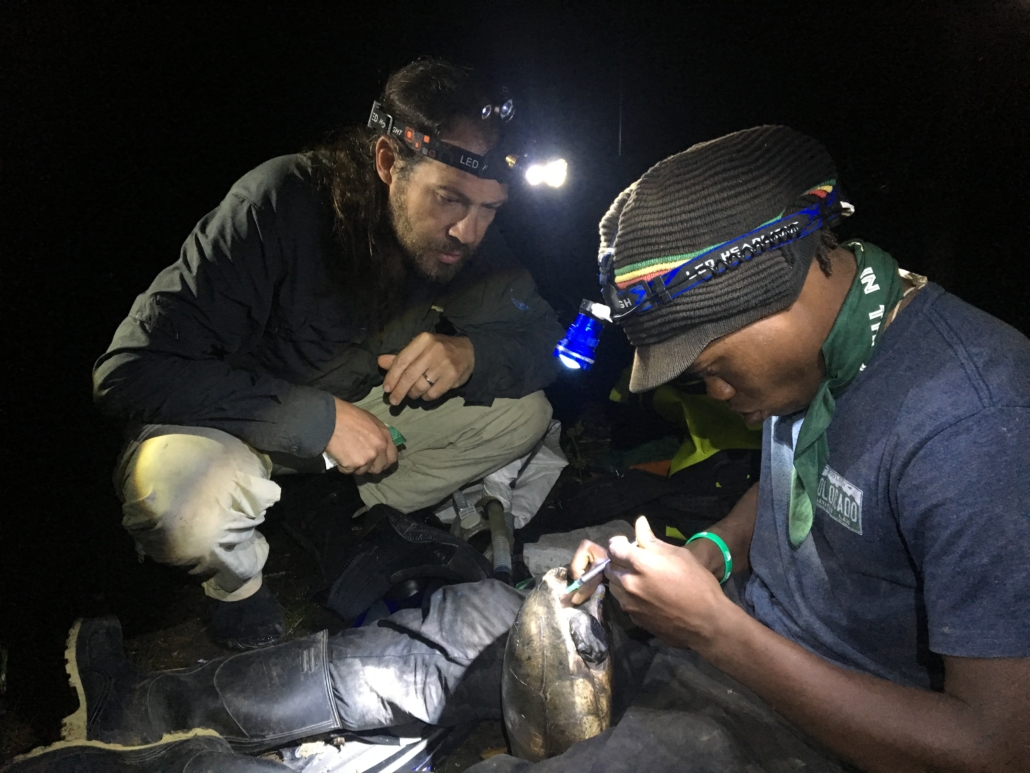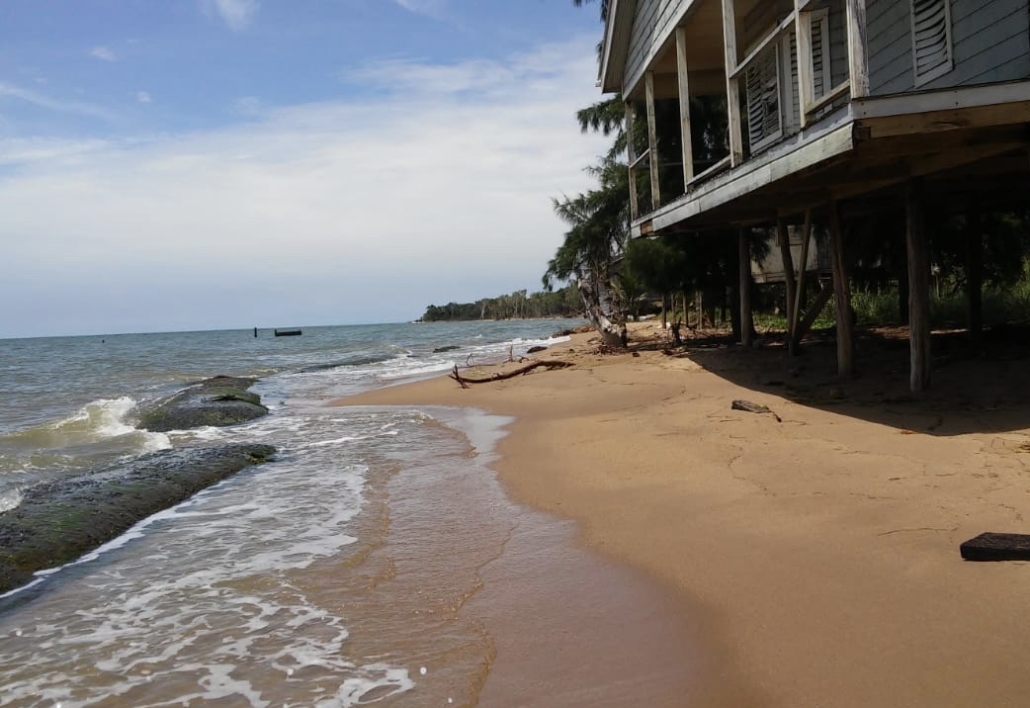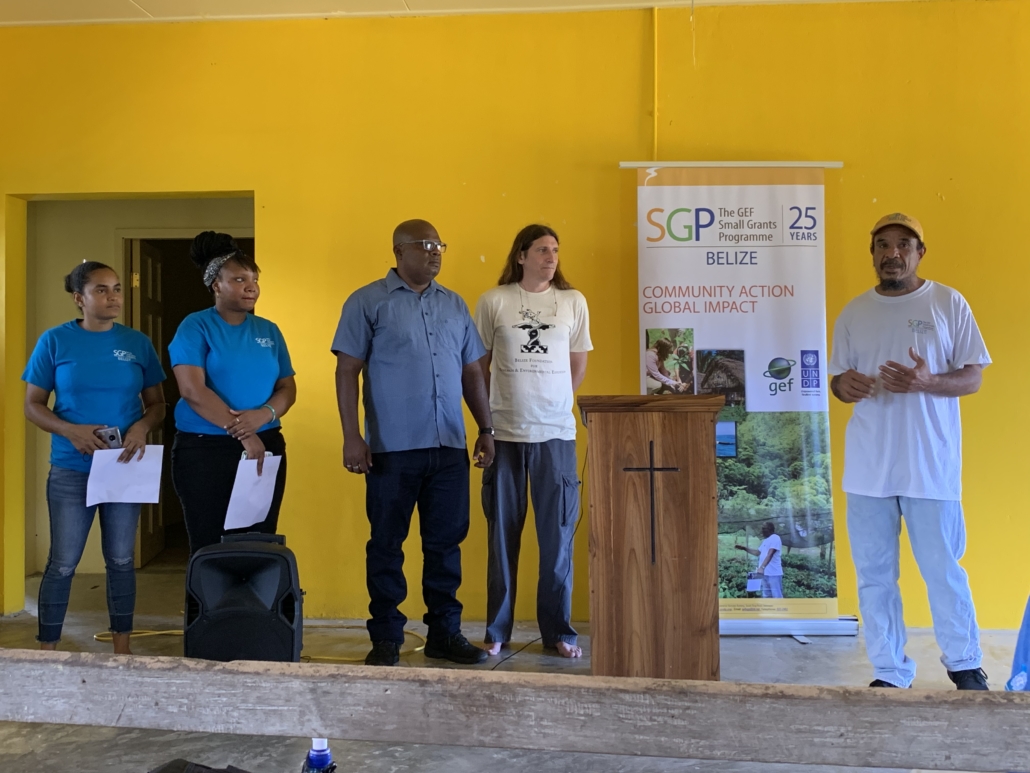In Pursuit of Hicatee in Belize by Day Ligon
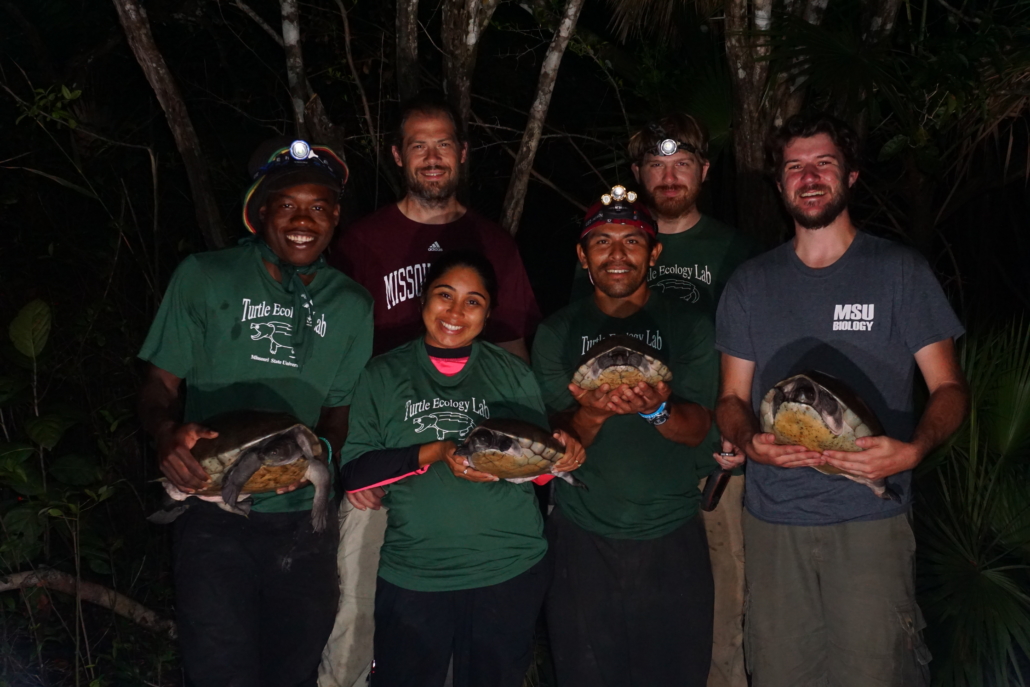
The Hicatee, as Dermatemys mawii is known in parts of its range, is truly a unique turtle.
Although fossil records indicate that closely related species once occurred across Central
America and Europe, Hicatee remain as the only living representatives of a formerly species-rich
family of turtles. It is a large turtle, sometimes exceeding 22 kilograms. Despite its large size, it
is streamlined and, thanks to huge webbed feet, is extremely fast in the water. On land, however,
Hicatee are out of their element. They struggle to elevate their heads against gravity, and even
short walks across dry ground may leave their shells abraded with small cuts and scuffs.
Historically, this large denizen of rivers, lagoons, and mangrove swamps was common in parts
of Guatemala, Belize, and southern Mexico. In many communities throughout its range, Hicatee
are culturally important, not just as a frequently seen and admired inhabitant of the rivers along
which many communities have been built, but also as a culinary delicacy that is sought after for
holiday feasts and other celebrations. Unfortunately, its popularity at the dinner table is likely the
single greatest factor that is driving population declines. Today, few populations remain in
Mexico or Guatemala, and even those in the relative stronghold of Belize have declined
precipitously in recent decades.
Just how much have Hicatee populations declined? Everyone with experience with the
species seems to agree that declines are alarmingly great, but it’s also hard to put a number on.
Excellent research has been conducted that has generated insights about the species ecology,
reproduction, distribution and relative abundance, but since the 1980s efforts have been
intermittent and seldom generated more than a qualitative assessments of population sizes or
demographics. This isn’t for lack of interest or effort; animals that have the capacity to move
long distances and occupy open systems such as rivers are extremely challenging to count!
Fortunately, technological and analytical advances have made the solutions to this
problem more attainable. In spring 2019, members of the Turtle Ecology Lab at Missouri State
University teamed up with partners at the Belize Foundation for Research and Environmental
Education (BFREE) to determine the feasibility of generating population estimates. In five
weeks of field work, 193 Hicatee in three different populations were captured, weighed,
measured, and permanently marked for future identification. Additionally, a subset of turtles in a
closed lagoon system were equipped with GPS tags and sonic transmitters that will produce
information about their movements. These data will be especially interesting as the rainy season
commences, the lagoon reconnects to the Belize River, and turtles have the option of either
staying within the lagoon or venturing out into flooded forest or even to the river. This
information about the movement patterns of Hicatee will be put to use in 2020 when mark-
recapture efforts will be conducted to generate some of the first precise population estimates for
the species. These estimates, when generated in open rivers, become much more accurate when
typical movement patterns are known and can be included in population models.
In addition to calculating the size of populations of Hicatee in both open and closed
populations, as well as in hunted and protected areas, work in 2020 will benefit in other ways
from the preliminary research conducted in 2019. For instance, growth rates in captivity are
known thanks to research conducted at BFREE. However, little is known of growth rates in the
wild; by recapturing turtles that were first measured in 2019, not only will calculating growth rates across a range of size classes be possible, but so too will assessing the sexual maturity of
the many subadult turtles that were captured provide information about size at maturity.
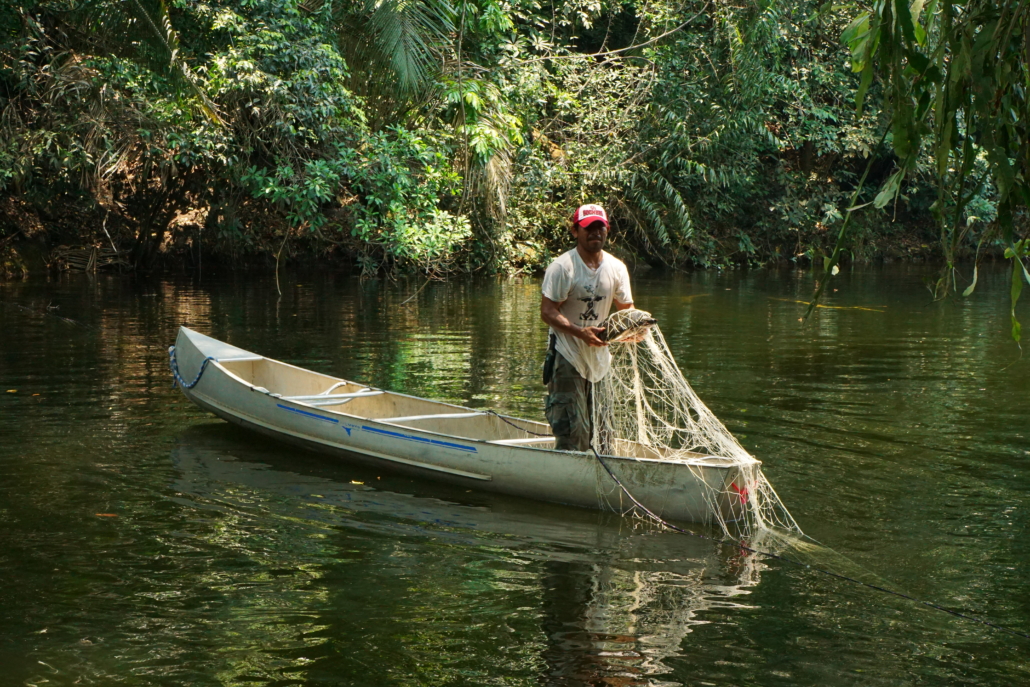
All of this information is but a drop in the bucket in comparison to what remains to be
discovered about the fascinating Hicatee, but every new piece of life history data can help to
inform conservation efforts on the species’ behalf. And of course, field research efforts such as
were undertaken in 2019 require a tremendous network of support. Participants from the Turtle
Ecology Lab at Missouri State University included Denise Thompson, Donald McKnight
(currently at James Cook University), and Ethan Hollender. Thomas Pop and Jaren Serano joined
the effort from BFREE with tremendous support from Jacob Marlin and Heather Barrett. Elyse
Ellsworth from the Siler Lab at University of Oklahoma and Hunter Howell from University of
Miami also put in many long hours in the field. Yamira Novelo (Wildlife Conservation Society)
helped both in the field and with some logistics. Albert Gill lent his assistance and knowledge of
the area during work at Spanish Creek. Additional assistance was provided by Felicia Cruz and
Gilberto Young in the Belize Fisheries Department, Jeff Robison and Roberto Flores at Yalbac
Ranch, and Alan Jeal at Gallon Jug Ranch. Finally, this conservation project would have gone
nowhere without assistance from Bart Harmsen and valuable advice from Thomas Rainwater and
John Polisar. Reversing the population declines Hicatee have experienced will require a
community effort, and work thus far has proved that a dedicated network of people with a
passion for saving this charismatic but critically endangered species already exists and is already
working toward this goal.
Photo Credits: Day Ligon and Ethan Hollander


